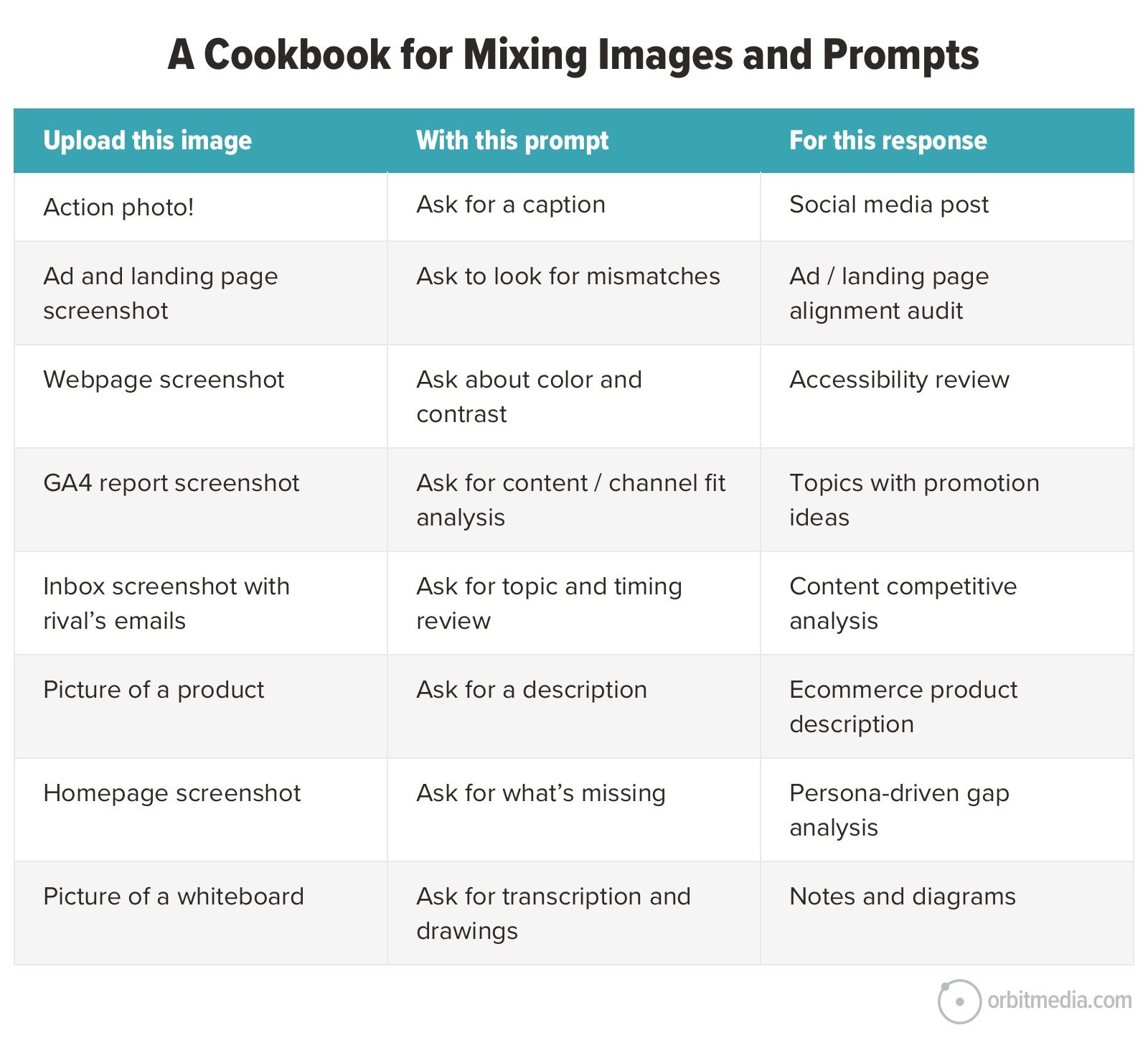Can Chipotle succeed in Mexico, where Taco Bell failed?
Branded is a weekly column devoted to the intersection of marketing, business, design, and culture. This week Chipotle Mexican Grill announced plans to crack a market that already has plenty of Mexican-food options: Mexico. Specifically, the Colorado-founded, California-based burrito concern said it would work with Mexican firm Alsea—which operates Latin American and European locations of various chains, including Starbucks, Domino’s Pizza, and Burger King—to begin opening Chipotle restaurants in Mexico by early 2026. It’s a confident move at a time when many fast-casual chains are struggling, and businesses in general are scrambling to game the fallout from the Trump administration’s ever-evolving tariff regime. On Wednesday Chipotle posted mixed results for the first quarter of 2025 that it attributed mostly to economic headwinds as consumers remain cautious about spending in the volatile trade atmosphere: Comparable-store sales are slightly down, and the revenue of $2.88 billion fell slightly short of analyst estimates. Still, the chain’s quarterly revenue was up 6.4% over last year, thanks mostly to opening new locations—and expansion abroad is one way it says it will continue that strategy. Chipotle currently has more than 3,700 locations, and while most are in the U.S., it also has a presence in Canada, the U.K., Germany, France, and the Middle East. In short, the chain clearly seems focused on international growth. [Photo: Chipotle] Still, while plenty of U.S. restaurant brands have gone global, selling an Americanized version of local cuisines hasn’t always played out well. Domino’s Pizza spent several years trying to hook Italians on its speedily delivered pies before concluding that infiltrating one of the world’s proudest culinary cultures wasn’t going to happen. And in a more direct comparison to Chipotle’s plans, Taco Bell has made two attempts to sell an American version of Mexican food to actual Mexicans. Both fizzled. Taco Bell’s first venture into Mexico began in 1992, when it already had thousands of U.S. locations but relatively few abroad. The problems, according to a Vice timeline of the chain’s Mexican forays from 2017, included a mismatch between its menu offerings and the expectations of Mexican diners: Crisp-shelled tacos were “an anomaly” there, for instance, and had to be rebranded as “tacostadas” in an attempt to reference tostada crunch. The bigger problem may have been a lack of demand—like “bringing ice to Antarctica” as one Mexican cultural critic put it at the time. Within two years, the chain withdrew. It tried again in 2007, this time opening in a higher-end shopping mall (next to a Dairy Queen) near Monterrey and making no particular attempt to be authentic, even keeping french fries on the menu. As one Taco Bell marketing executive put it, the chain would “not pretend to be Mexican food.” It would simply be Taco Bell food, with an emphasis on value and convenience. “Foolish gringos,” one Monterrey food writer commented dismissively at the time. Taco Bell withdrew again. Chipotle hasn’t addressed this comparison directly (and declined to comment to Fast Company), but its statement about the Mexico venture alludes to an emphasis on authenticity in its appeal to the Mexican palette, promising its offerings “will resonate with guests in Mexico,” according to Nate Lawton, chief business development officer at Chipotle. “The country’s familiarity with our ingredients and affinity for fresh food make it an attractive growth market for our company.” Alsea CEO Armando Torrado added that his firm would leverage its “vast knowledge of the Mexican consumer.” Chipotle’s menu doesn’t seem to have tacostada-level issues, but some Mexican-food experts have questioned the chain’s authenticity in the past, complaining that its burritos are a mass-market take on the form, emphasizing heft over variety. And its current hit offering, a honey chicken burrito, sounds suspiciously tailored to American palettes. Still, it’s worth acknowledging that, Mexico aside, Taco Bell today has more than 8,000 locations around the world, including hundreds in Central and South America. And U.S. chains have of course spread across the planet, sometimes adjusting their menus market by market (McDonald’s famously tweaks its menu in different markets to add local flavor, like teriyaki chicken sandwiches in Japan and a dosa masala burger in India). Chipotle has reportedly worked for years to diversify its ingredient and farming supply chain across the Caribbean and Latin America as well as the U.S., but still sources roughly half its avocados from Mexico, making them tariff vulnerable. Given how unpredictable global trade rules are becoming, and Chipotle’s stated growth goals and strategy, it makes sense that the chain would try to diversify its customer base beyond the United States. What’s less certain is whether Mexican diners are looking to add Chipotle’s burritos to their di

Branded is a weekly column devoted to the intersection of marketing, business, design, and culture.
This week Chipotle Mexican Grill announced plans to crack a market that already has plenty of Mexican-food options: Mexico. Specifically, the Colorado-founded, California-based burrito concern said it would work with Mexican firm Alsea—which operates Latin American and European locations of various chains, including Starbucks, Domino’s Pizza, and Burger King—to begin opening Chipotle restaurants in Mexico by early 2026.
It’s a confident move at a time when many fast-casual chains are struggling, and businesses in general are scrambling to game the fallout from the Trump administration’s ever-evolving tariff regime. On Wednesday Chipotle posted mixed results for the first quarter of 2025 that it attributed mostly to economic headwinds as consumers remain cautious about spending in the volatile trade atmosphere: Comparable-store sales are slightly down, and the revenue of $2.88 billion fell slightly short of analyst estimates.
Still, the chain’s quarterly revenue was up 6.4% over last year, thanks mostly to opening new locations—and expansion abroad is one way it says it will continue that strategy. Chipotle currently has more than 3,700 locations, and while most are in the U.S., it also has a presence in Canada, the U.K., Germany, France, and the Middle East. In short, the chain clearly seems focused on international growth.

Still, while plenty of U.S. restaurant brands have gone global, selling an Americanized version of local cuisines hasn’t always played out well. Domino’s Pizza spent several years trying to hook Italians on its speedily delivered pies before concluding that infiltrating one of the world’s proudest culinary cultures wasn’t going to happen. And in a more direct comparison to Chipotle’s plans, Taco Bell has made two attempts to sell an American version of Mexican food to actual Mexicans. Both fizzled.
Taco Bell’s first venture into Mexico began in 1992, when it already had thousands of U.S. locations but relatively few abroad. The problems, according to a Vice timeline of the chain’s Mexican forays from 2017, included a mismatch between its menu offerings and the expectations of Mexican diners: Crisp-shelled tacos were “an anomaly” there, for instance, and had to be rebranded as “tacostadas” in an attempt to reference tostada crunch. The bigger problem may have been a lack of demand—like “bringing ice to Antarctica” as one Mexican cultural critic put it at the time. Within two years, the chain withdrew.
It tried again in 2007, this time opening in a higher-end shopping mall (next to a Dairy Queen) near Monterrey and making no particular attempt to be authentic, even keeping french fries on the menu. As one Taco Bell marketing executive put it, the chain would “not pretend to be Mexican food.” It would simply be Taco Bell food, with an emphasis on value and convenience. “Foolish gringos,” one Monterrey food writer commented dismissively at the time. Taco Bell withdrew again.
Chipotle hasn’t addressed this comparison directly (and declined to comment to Fast Company), but its statement about the Mexico venture alludes to an emphasis on authenticity in its appeal to the Mexican palette, promising its offerings “will resonate with guests in Mexico,” according to Nate Lawton, chief business development officer at Chipotle. “The country’s familiarity with our ingredients and affinity for fresh food make it an attractive growth market for our company.” Alsea CEO Armando Torrado added that his firm would leverage its “vast knowledge of the Mexican consumer.”
Chipotle’s menu doesn’t seem to have tacostada-level issues, but some Mexican-food experts have questioned the chain’s authenticity in the past, complaining that its burritos are a mass-market take on the form, emphasizing heft over variety. And its current hit offering, a honey chicken burrito, sounds suspiciously tailored to American palettes.
Still, it’s worth acknowledging that, Mexico aside, Taco Bell today has more than 8,000 locations around the world, including hundreds in Central and South America. And U.S. chains have of course spread across the planet, sometimes adjusting their menus market by market (McDonald’s famously tweaks its menu in different markets to add local flavor, like teriyaki chicken sandwiches in Japan and a dosa masala burger in India).
Chipotle has reportedly worked for years to diversify its ingredient and farming supply chain across the Caribbean and Latin America as well as the U.S., but still sources roughly half its avocados from Mexico, making them tariff vulnerable. Given how unpredictable global trade rules are becoming, and Chipotle’s stated growth goals and strategy, it makes sense that the chain would try to diversify its customer base beyond the United States. What’s less certain is whether Mexican diners are looking to add Chipotle’s burritos to their diet.


































































































![Building A Digital PR Strategy: 10 Essential Steps for Beginners [With Examples]](https://buzzsumo.com/wp-content/uploads/2023/09/Building-A-Digital-PR-Strategy-10-Essential-Steps-for-Beginners-With-Examples-bblog-masthead.jpg)





![How One Brand Solved the Marketing Attribution Puzzle [Video]](https://contentmarketinginstitute.com/wp-content/uploads/2025/03/marketing-attribution-model-600x338.png?#)































